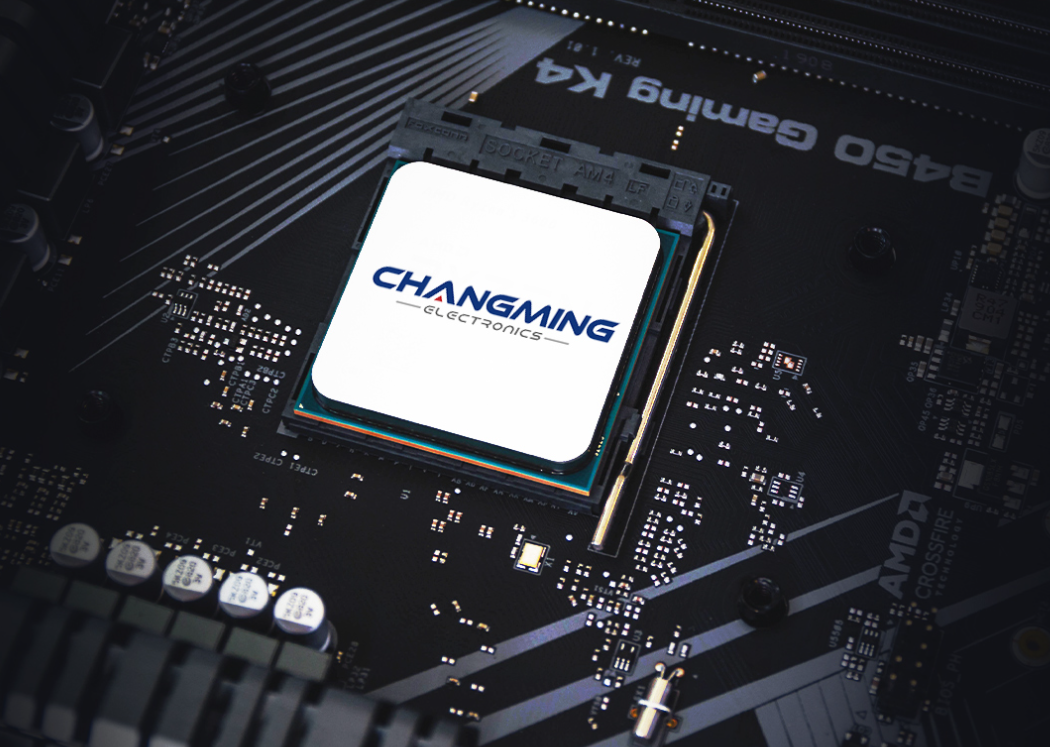In the ever-evolving world of technology, electronic components play a pivotal role in the functionality of devices we use daily. Among these components, integrated circuits (ICs) stand out as one of the most significant innovations in electronics. This blog will explore what electronic components are, delve into the specifics of integrated circuits, and discuss the various types of integrated circuits that exist today.
What Is an Electronic Component?

At its core, an electronic component is any basic discrete device or physical entity in an electronic system used to affect electrons or their associated fields. These components can be passive, like resistors and capacitors, or active, like transistors and diodes. They serve as the building blocks of electronic circuits, enabling the design and functionality of everything from simple gadgets to complex systems.
Electronic components can be categorized into several types:
1. **Passive Components**: These do not require an external power source to operate. Examples include resistors, capacitors, and inductors. They are used to store energy, limit current, and filter signals.
2. **Active Components**: These require an external power source to function and can control the flow of electricity. Transistors, diodes, and integrated circuits fall into this category.
3. **Electromechanical Components**: These components convert electrical energy into mechanical energy and vice versa. Relays and switches are common examples.
4. **Optoelectronic Components**: These devices emit, detect, or control light. Light-emitting diodes (LEDs) and photodiodes are examples.
Understanding these components is crucial for anyone interested in electronics, as they form the foundation of all electronic devices.
What Is an Integrated Circuit?
An integrated circuit (IC) is a set of electronic circuits on a small flat piece (or "chip") of semiconductor material, usually silicon. ICs can function as amplifiers, oscillators, timers, microprocessors, and even computer memory. The invention of the integrated circuit in the late 1950s revolutionized the electronics industry, allowing for the miniaturization of devices and the mass production of complex circuits.
The primary advantage of integrated circuits is their ability to combine multiple functions into a single chip, which reduces size, cost, and power consumption. This has led to the proliferation of electronic devices, from smartphones to medical equipment, all relying on ICs for their operation.
Types of Integrated Circuits
Integrated circuits can be classified into several categories based on their functionality, complexity, and application. Here are the main types of integrated circuits:
1. **Analog Integrated Circuits**
Analog ICs process continuous signals and are used in applications such as audio amplifiers, radio frequency (RF) amplifiers, and voltage regulators. They are essential for converting real-world signals into a form that can be processed by digital systems. Common examples include operational amplifiers (op-amps) and linear voltage regulators.
2. **Digital Integrated Circuits**
Digital ICs operate on discrete signals and are fundamental in computing and digital communication. They perform logical operations and are used in devices like microcontrollers, microprocessors, and memory chips. Digital ICs can be further divided into:
- **Combinational Logic Circuits**: These circuits output a function of the current input states only. Examples include adders, multiplexers, and encoders.
- **Sequential Logic Circuits**: These circuits have memory and can store information based on past input states. Examples include flip-flops, counters, and registers.
3. **Mixed-Signal Integrated Circuits**
Mixed-signal ICs combine both analog and digital functions on a single chip. They are crucial in applications where both types of signals need to be processed, such as in audio processing, data converters (analog-to-digital and digital-to-analog converters), and communication systems. These ICs bridge the gap between the analog world and digital processing.
4. **Radio-Frequency Integrated Circuits (RFICs)**
RFICs are specialized for handling radio frequency signals and are used in wireless communication devices, such as smartphones, Wi-Fi routers, and Bluetooth devices. They are designed to operate at high frequencies and are essential for transmitting and receiving signals over the air.
5. **Power Integrated Circuits**
Power ICs manage and regulate power in electronic devices. They are used in power supplies, battery management systems, and voltage regulators. These circuits ensure that devices receive the correct voltage and current, enhancing efficiency and safety.
6. **Application-Specific Integrated Circuits (ASICs)**
ASICs are custom-designed for a specific application or function. Unlike general-purpose ICs, which can be used in various applications, ASICs are tailored to meet the unique requirements of a particular task, such as image processing in cameras or signal processing in telecommunications.
7. **Field-Programmable Gate Arrays (FPGAs)**
FPGAs are integrated circuits that can be programmed after manufacturing. They offer flexibility and can be reconfigured to perform different tasks, making them ideal for prototyping and applications that require frequent updates or changes.
Conclusion
Understanding electronic components and integrated circuits is essential for anyone interested in electronics, engineering, or technology. Integrated circuits, in particular, have transformed the landscape of electronic design, enabling the creation of compact, efficient, and powerful devices. As technology continues to advance, the role of integrated circuits will only become more critical, paving the way for innovations that will shape our future. Whether you're a hobbyist, a student, or a professional, grasping the fundamentals of these components will empower you to navigate the exciting world of electronics.


